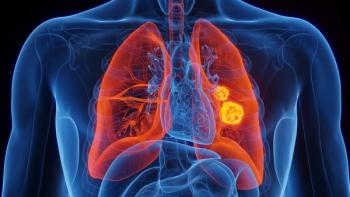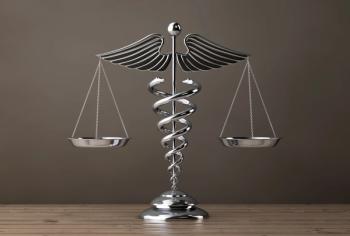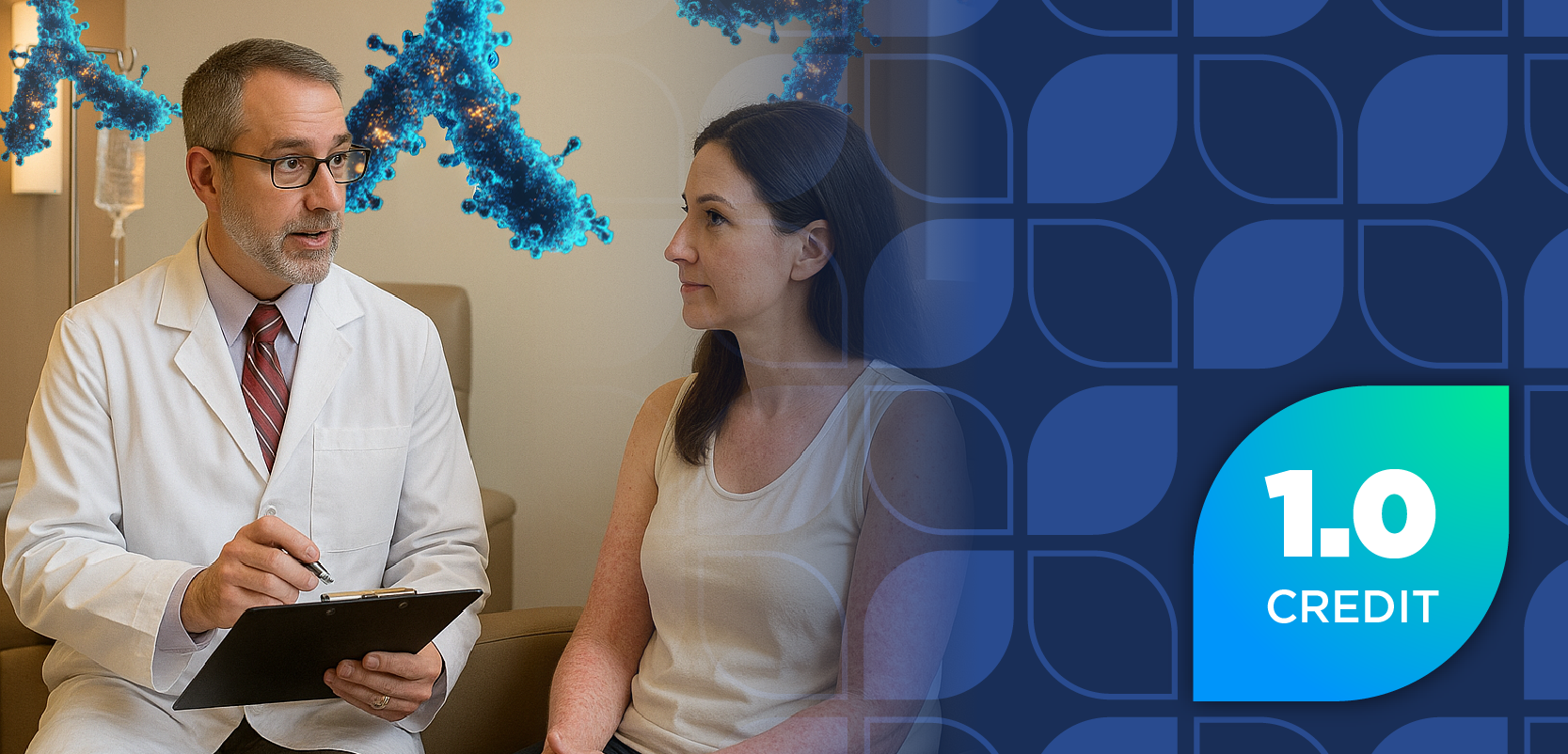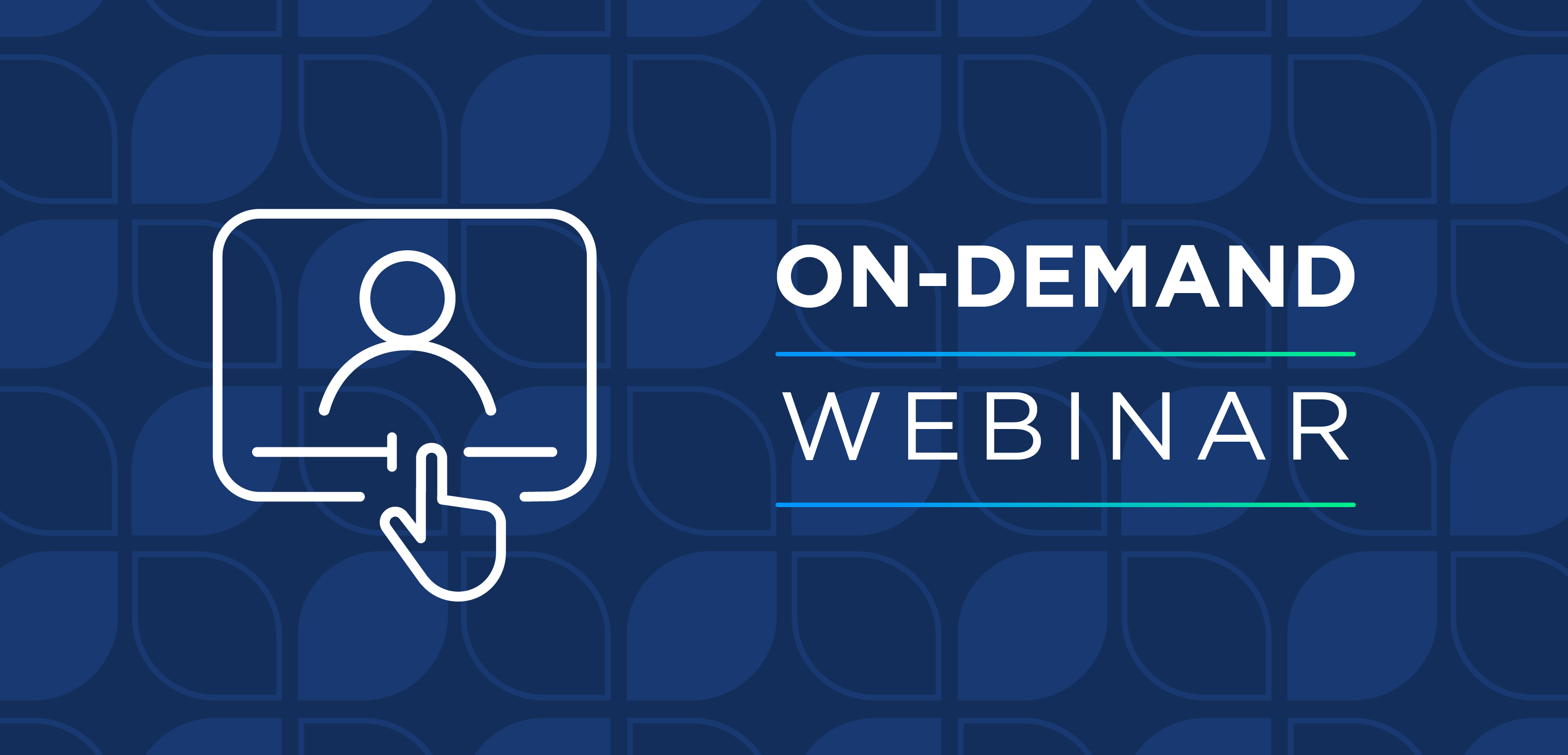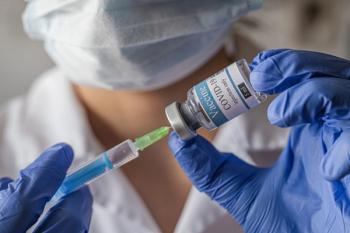
Study Finds Increase in Pharmacy Dispensing of Naloxone, More Efforts Needed to Improve Access
Drug overdoses involving opioids have increased, and naloxone can be a life-saving drug to prevent deaths.
Drug overdoses involving opioids have increased, and naloxone can be a life-saving drug to prevent deaths. In April 2018, the U.S. Surgeon General issued a public health advisory emphasizing the importance of naloxone and increasing access and awareness among patients, family, friends, and healthcare professionals.1
Pharmacists can play an important role in ensuring that patients at risk of experiencing an opioid overdose have naloxone on-hand and know how to use it.
A new CDC report analyzed 2012-2018 retail pharmacy data from IQVIA, a health care, data science, and technology company.2 IQVIA maintains prescription information from about 50,400 retail pharmacies, which represents 92% of all prescriptions in the United States. Changes in naloxone dispensing were evaluated nationally by US Census region, urban/rural status, prescriber specialty, and patient characteristics. The CDC calculated the number of naloxone prescriptions dispensed per 100 high-dose (> 50 morphine milligram equivalents [MME] per day) opioid prescriptions, overall, and by prescriber specialty.2
The report revealed that the number of naloxone prescriptions dispensed from retail pharmacies substantially increased from 2012-2018, including a 106% increase from 2017-2018.2 However, only 1 naloxone prescription was dispensed for every 69 high-dose opioid prescriptions.2 The lowest rates of naloxone dispensing occurred in the most rural areas. Naloxone prescription rates varied widely by prescriber specialty, with surgeons, pain medicine physicians, physician assistants, primary care physicians, and nurse practitioners having the lowest rates. Psychiatrists, addiction medicine specialists, and pediatricians had the highest naloxone prescription rates.2
This report sheds light on the need for increased education and access to naloxone to prevent opioid overdose deaths. Limitations of the report include that the data contained information on naloxone dispensed through either a standing order or prescriber prescription but not distribution through other methods such as overdose prevention programs.2 Also, there are other patients in addition to those receiving high-dose opioids that should receive naloxone which include the following:3
- Have respiratory conditions, such as COPD or obstructive sleep apnea, regardless of opioid dose
- Concomitant use of benzodiazepines with opioids
- Have a nonopioid substance use disorder, report excessive alcohol use, or have a mental health disorder
- Using heroin, illicit synthetic opioids, or misusing prescription opioids
- Using other illicit drugs that could be contaminated with illegal synthetic opioids, like fentanyl
- Receiving treatment for opioid use disorder, including therapy with methadone, buprenorphine, or naltrexone
- History of opioid misuse and recently released from incarceration or other controlled settings where opioid tolerance has been lost
Naloxone is widely available, but education efforts must be enhanced to ensure that patients at risk of an opioid overdose have access. Many states also give pharmacists the authority to dispense naloxone without a prescription, making it readily available at pharmacies.
Naloxone nasal spray (
Pharmacists can provide continuing education programs to health care professionals on the importance of naloxone, as well as prescription drug abuse prevention strategies. An interdisciplinary approach to combating the opioid epidemic is extremely important. Also, pharmacists should review patients’ medication profiles and medical history to determine whether naloxone should be dispensed.
RELATED ARTICLES
- Pharmacy Technicians in Idaho Trained to Prescribe Naloxone
- CDC: More Drug Overdose Deaths in Cities Than in Rural Areas
References
- U.S. Surgeon General’s advisory on naloxone and opioid overdose. U.S. Department of Health & Human Services website. https://www.hhs.gov/surgeongeneral/priorities/opioids-and-addiction/naloxone-advisory/index.html. Published April 5, 2018. Accessed August 6, 2019.
- Guy GP Jr., Haegerich TM, Evans ME, Losby JL, Young R, Jones CM. V. Vital Signs: Pharmacy-Based Naloxone Dispensing-United States, 2012-2018. MMWR Morb Mortal Wkly Rep. ePub: 6 August 2019. DOI: http://dx.doi.org/10.15585/mmwr.mm6831e1.
- Naloxone: the opioid reversal drug that saves lives: how healthcare providers and patients can better utilize this life-saving drug. U.S. Department of Health & Human Services website. https://www.hhs.gov/opioids/sites/default/files/2018-12/naloxone-coprescribing-guidance.pdf. Accessed August 6, 2019.
- FDA approves first generic naloxone nasal spray to treat opioid overdose. FDA website. https://www.fda.gov/news-events/press-announcements/fda-approves-first-generic-naloxone-nasal-spray-treat-opioid-overdose. Published April 19, 2019. Accessed August 7, 2019.
Newsletter
Stay informed on drug updates, treatment guidelines, and pharmacy practice trends—subscribe to Pharmacy Times for weekly clinical insights.

